Chile Earthquake
Status: Closed
Update 6 | Summary
Posting Date: March 18, 2010, 1:30:00 PM
This report is the third in a series from AIR’s ongoing damage survey in regions of Chile impacted by an M 8.8 earthquake that struck off the country’s coast on February 27. The photos and commentary here offer a glimpse into the kinds of damage patterns caused by this event.
In this report, Drs. Guillermo Franco and Tao Lai and Engineer Guillermo Leiva provide commentary from La Ciudad Empresarial—a business park located just outside Santiago—and Rancagua—a city about 90 kilometers south of Santiago. Although structural damage was visible at both sites, the survey confirmed what the team has seen throughout the week: Chile’s strict building code generally performed well.
The most significant damage described in today’s report was to modern mid- and high-rise buildings in the business park. This pocket of damage was likely the result of the “basin effect,” as described in more detail below. It highlights the importance of capturing information such as number of stories in the exposure data used as input to the AIR model, which distinguishes vulnerability by height as well as by age, construction type and occupancy.
On the other hand, adobe residential structures in Rancagua performed better than expected, possibly due to both the frequency content of ground motion in the area (long-period waves) and Chile’s style of adobe construction, which is characterized by thick walls, straw mixed with the adobe bricks for additional cohesion, and wood beam reinforcement.
It should be noted that most residential earthquake insurance is by way of mortgage portfolios, which are insured. These insurance structures did not exist when the last major event occurred in Chile (1985). AIR has been told that for residential risks that carry a mortgage, take-up rates approach 90-95%. Penetration falls below 10% for homes for which there is no mortgage. Chilean insurance companies have indicated that they will fast track the claims adjusting process. Even so, AIR has been told that it may take up to 8 months to process all the claims associated with this event.
The wealth of information collected during the course of AIR’s damage surveys and from the numerous interviews conducted with industry experts, local engineers, and governmental and humanitarian organizations will be used to inform future releases of the AIR Earthquake Model for Chile.
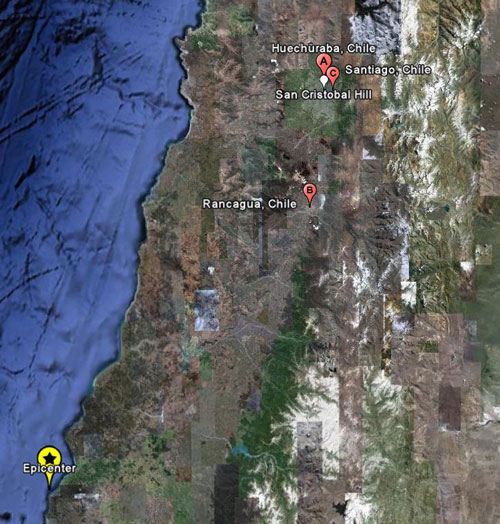
Figure 1:Sites (La Ciudad Empresarial and Rancagua) visited on this leg of the AIR team’s damage survey in Chile.(Source: Google Earth).
La Ciudad Empresarial
The team visited La Ciudad Empresarial, a business park just north of Santiago in Huechuraba. The park is comprised of multinational companies and high-end hotels. Unlike the isolated structural damage observed in Viña del Mar, Valparaíso and other parts of Santiago, structural damage here spanned the entire north-west corner of the park. Non-structural damage (i.e. brick veneer failure and glass breakage) was even more widespread. AIR’s survey team believes the damage in La Ciudad Empresarial was exacerbated by its situation in a basin, which can be clearly seen in Figure 2. The area was characterized by a combination of wetlands and farmland until construction on the park began about twenty years ago. It is thought that the incoming seismic waves from the February 27th event were trapped by the basin and amplified by the soft alluvial soils there, which in turn intensified damage to structures in La Ciudad Empresarial. Note that the buildings in the foreground of Figure 2 survived unscathed since they were sitting on stiffer ground at the edge of the basin.
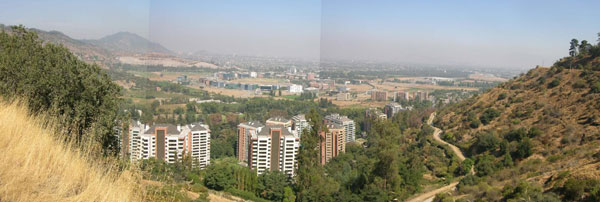
Figure 2:Panoramic View of La Ciudad Empresarial, Huechuraba, Chile (Source: AIR). Figure 3 shows instances of ground failure at La Ciudad Empresarial.
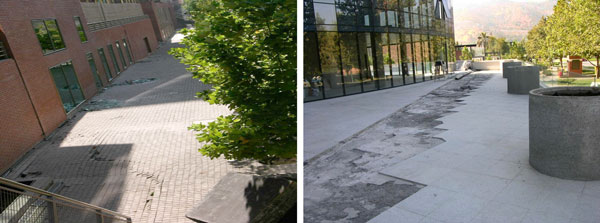
Figure 3: Settlement (left) was observed outside buildings in La Ciudad Empresarial. Cracks (right) propagated along the ground due to soil settlement. (Source: AIR). The building in Figure 4 experienced damage at a transition between two of its structural systems; the two parts responded differently to the earthquake, resulting in large deformation at the joint. The steel connections from the beams to the concrete walls were not able to accommodate such large deformations and lost their supports—leading to collapse of the slabs and stairway.

Figure 4: The steel connections of this building in La Ciudad Empresarial were not able to accommodate the large deformations from the earthquake (Source: AIR) The nearby Radisson Hotel (Figure 5) suffered significant structural damage, visible at the intersection of the column and beam above the ground floor retail shops. The photo reveals stress on the building’s façade—a sign of short column damage. This damage suggests that the direction of the earthquake’s strongest lateral ground motion was perpendicular to the side of the building. The building was closed and not accessible by the AIR team. Reports tell of several slab failures inside.

Figure 5:Structural damage to the Radisson Hotel, La Ciudad Empresarial (Source: AIR) Several high-end apartment buildings built near the edge of the basin—again, on stiffer soils—suffered only minor non-structural damage: cracks in wall plaster and floor tiles. Less than half an inch of ground settlement was observed near the foundations of these structures.
Rancagua
Rancagua, 90 kilometers south of Santiago, is characterized by low-rise residential construction and an historical commercial downtown. In the last 10 years, Rancagua has experienced significant growth—with new mid- and high-rise reinforced concrete residential structures now dotting the landscape. Older homes of low-rise adobe and confined masonry sit alongside these newer buildings. Malls and large retail stores have been constructed on the city’s outskirts. Surrounding Rancagua are numerous small, picturesque villages of largely adobe construction. Within Rancagua, the roof of a high-school building downtown collapsed and non-structural damage was relatively widespread, including to the mid- and high-rise buildings. Local residents reported that non-structural and contents damage to several local stores caused the interruption of business for several days following the earthquake. However, little structural damage was observed and what the team did see was largely limited to older adobe or masonry residential structures; however, even these generally performed well. The team also visited Rancagua’s tallest building (Figure 6)—a 23-story, L-shaped apartment structure with a two-story underground parking garage—damage was limited. Constructed in 2006, the building is supported by a reinforced concrete shear wall system.
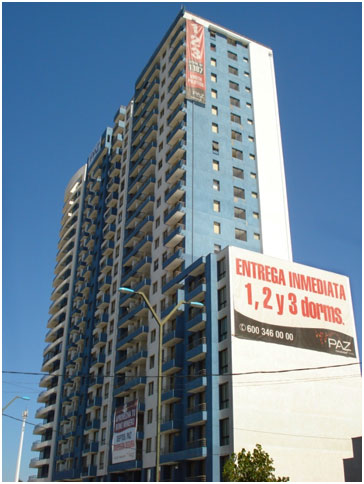
Figure 6: Rancagua’s tallest building suffered little damage (Source: AIR) The apartment supervisor showed the team the building, from the garage up to the roof. In the garage, the concrete exhibited some spalling at beam-column joints, but the affected areas were limited to about 10-15 cm in length and width, and about 2 cm in depth. The building likely experienced moderate torsion; the largest deformation occurred along the longer arm of the L. Additionally, spalling of tile veneer was observed along the middle of the side wall upward from the 10th floor. Some structural cracks were seen on the same walls (Figure 7). Throughout the building, furniture was overturned. The roof showed small cracks and broken windows.
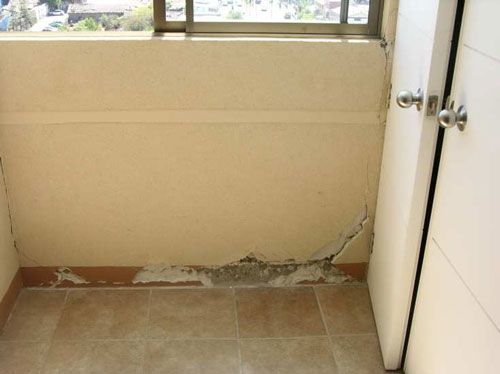
Figure 7: Structural cracks on the wall of a unit in Rancagua’s tallest building (Source: AIR) From the roof of the building, the team was able to do a quick visual assessment of the surrounding city. They observed only one or two severely damaged roofs and no collapses of modern structures. At the outskirt of Rancagua, the team visited a recently completed residential complex consisting of five 5-story concrete frame structures (Figure 8). Overall, it appeared that the complex survived the earthquake with only very minor damage. Construction workers onsite were repairing minor non-structural cracks and superficial spalling, including plaster and floor tiles.
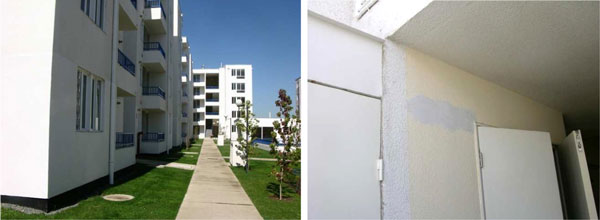
Figure 8: This modern five-story residence outside Rancagua suffered minimal damage (Source: AIR). Surrounding Rancagua are picturesque villages of mostly adobe homes. In one such village—Requínoa—approximately one or two in every 30 structures showed damage to exterior walls (Figure 8).
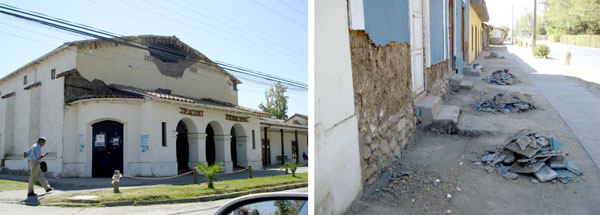
Figure 9: Most damaged houses in adobe villages outside Rancagua are repairable (Source: AIR). In general, damage to adobe was less than expected. Further investigation suggests that adobe in Chile may be better able to withstand seismic force than adobe in other regions of Latin America. Specifically: (a) the walls are quite thick, ranging from 40 to 80cm; (b) the mud brick is usually mixed with straw that increases cohesion and friction, and: (c) wood posts within the walls serve as reinforcement.
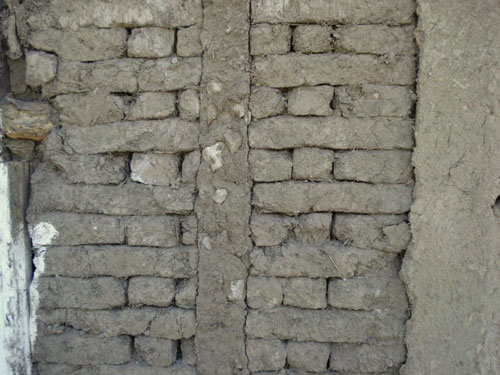
Figure 10: Adobe walls up to 80 cm thick performed surprisingly well (Source: AIR)
En Route to Rancagua
On the way to Rancagua, the team stopped at an industrial facility where they observed several damaged silos (Figure 9). Workers were repairing the facility to re-establish operations.
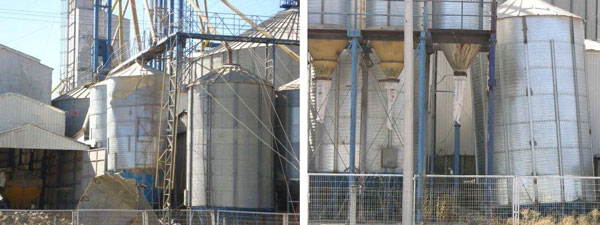
Figure 11: Damaged silos at an industrial facility en route to Rancagua (Source: AIR). Rancagua can be easily accessed from Santiago by Highway 5. Most of this major highway had resumed normal traffic at the time of the survey team’s visit, but two sections remained closed for repair. Indeed, the M8.8 earthquake damaged many roads and bridges throughout the affected region. Although most major roads and bridges are insured, clients should note that these are not included in AIR’s industry exposure database and therefore do not figure into AIR’s modeled loss estimates.
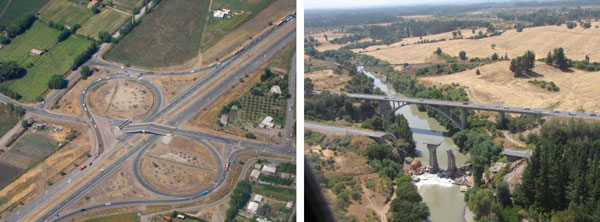
Figure 12: Collapsed freeway section (left) and bridge (right)(Source: Cruz Roja Chilena) AIR’s survey team in Chile is continuing to survey various regions impacted by the February 27th earthquake. Dr. Franco is now working with the EERI team in Concepción and Constitución where he is scheduled to meet with various governmental organizations. Meanwhile, Guillermo Leiva—based in Santiago—is continuing to inspect impacted areas closer to the capital; he has been meeting with academics and engineering professionals who can provide further insight into Chile’s building code and recovery efforts. ALERT subscribers will be notified when additional damage survey reports are posted to the ALERT website. The AIR earthquake team will continue to review the available information and provide updates as warranted.